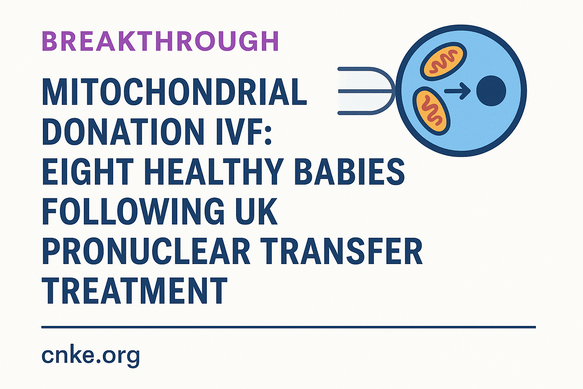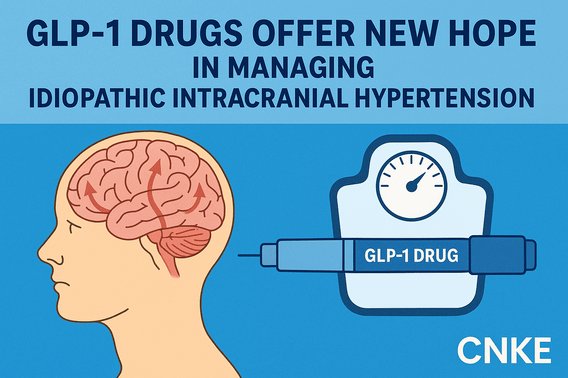For decades, the thalamus — the brain’s deep-seated relay hub — has remained largely in the shadows, eclipsed by the celebrated cerebral cortex and hippocampus in discussions of memory and cognitive development.
But groundbreaking research from Boston Children's Hospital, led by Dr. Chinfei Chen, now shines a new light on the thalamus’ critical role — offering fresh hope for interventions in neurodevelopmental disorders.
In a study published in Neuron (DOI: 10.1016/j.neuron.2025.02.023) on March 19, 2025, Chen’s team reveals that the thalamus is not merely a passive relay station. It can independently update its own neural connections, a form of plasticity previously attributed mainly to the cortex.
Using advanced cellular activation and monitoring technologies, the researchers observed how neurons within the lateral geniculate nucleus (LGN) — the thalamic region responsible for visual processing — changed their response patterns in mice based on visual experiences. Remarkably, these adaptive changes were found not just during early development but also persisted into adulthood.
"Providing different experiences can change the connectivity of the thalamus, and these changes can be long-lasting," explains Dr. Chen.
Notably, it was the retinal-to-thalamus connections that showed rewiring, rather than thalamus-to-cortex connections — solid evidence of the thalamus’ independent adaptability.
Implications for Neurodevelopmental Therapy
The implications are profound. Many neurodevelopmental disorders, such as autism spectrum disorder, involve disrupted brain connectivity. Current therapies that expose children to varied experiences may already be tapping into thalamic plasticity, albeit indirectly.
Dr. Chen envisions a future where therapies might intentionally target the thalamus. Modulating neurotransmitters with existing or newly developed drugs could fine-tune thalamic connectivity, potentially improving sensory processing and cognitive function from a central command post, rather than attempting to adjust each cortical area separately.
“If you could change connectivity in the thalamus before information is transmitted throughout the rest of the brain,” says Chen, “you could target one place rather than multiple areas of the brain.”
This paradigm shift — recognizing the thalamus as a therapeutic gateway rather than an overlooked middleman — holds promise for designing more efficient, targeted treatments for neurodevelopmental disorders.
The study not only revitalizes interest in an ancient and fundamental structure of the brain but also underscores an enduring principle of medicine and science: sometimes, the greatest opportunities lie in the places we have long overlooked.
Cover Image: Children of our town pl 1 (1902) - Ethel Mars (American, 1876-1959)







